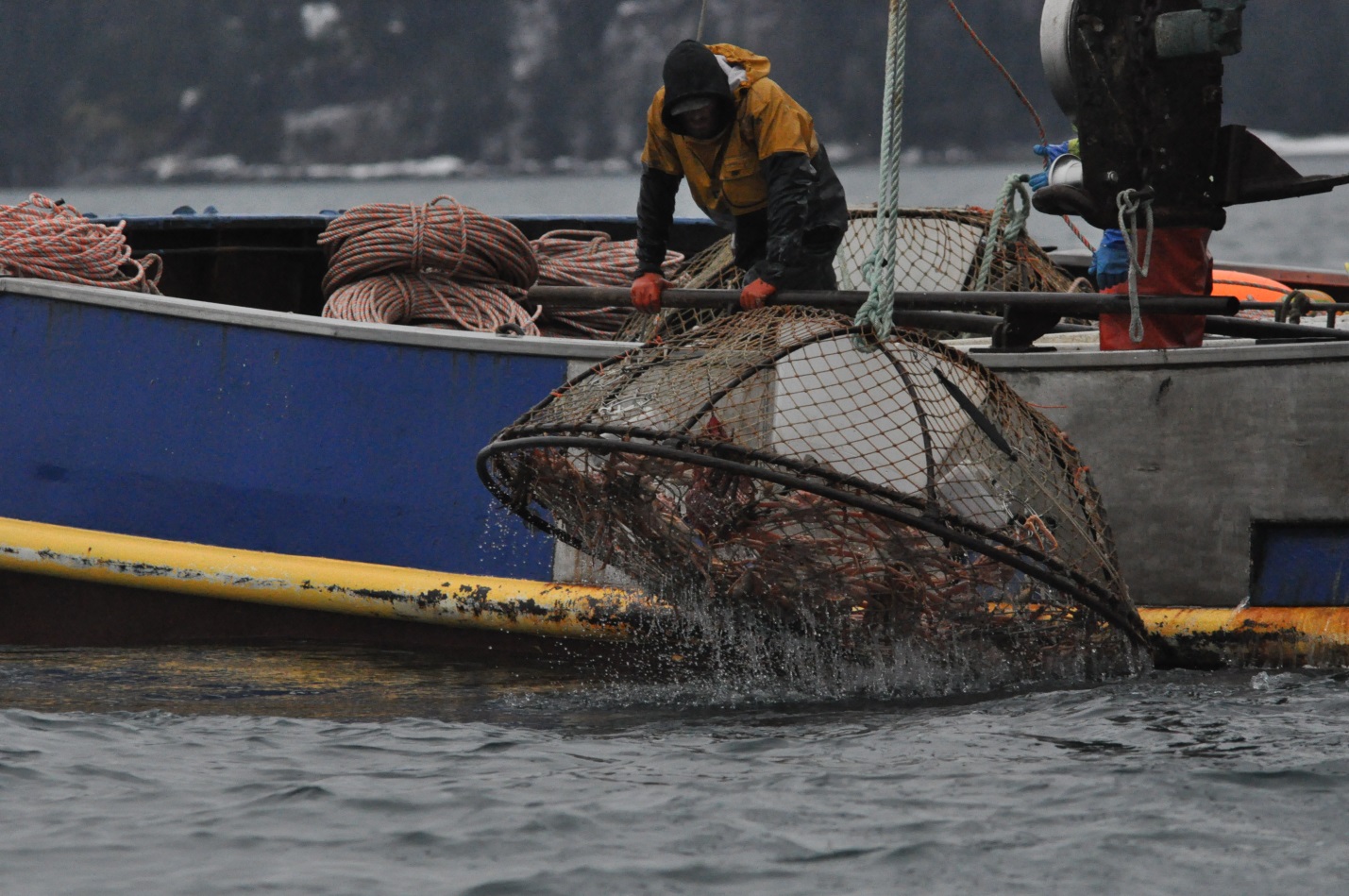
Glacier Bay Tanner crab (Chionoecetes bairdi) are hauled aboard a commercial fishing vessel during the February fishery. (NPS photo)
Humans have a long history of harvesting marine resources in Glacier Bay National Park (GBNP). Well before it was ever a national park, this bountiful environment attracted and sustained the Tlingit people, whose rich culture evolved in this area for thousands of years. By the late 1800’s, during the same time John Muir, George Wright and Harry fielding Reid were discovering Glacier Bay’s potential for understanding successional processes others were discovering it’s fishery resources. In 1891 the Bartlett Bay Packing Company alone produced 365,000, 1 pound cans of salmon from streams in the Glacier Bay area (a reduction from years past) (Mackovjak 2010). Fishing pressure was too great and by 1924, the year before Glacier Bay National Monument was established by presidential proclamation, 15 areas in Southeast Alaska including all waters in Glacier Bay were considered depleted and closed to salmon fishing (Mackovjak 2010). Though in 1967, the National Park Service (NPS) eventually prohibited commercial fishing within all NPS units, it wasn’t until 2001 that the Congress arrived at a solution that will eventually lead to the cessation of commercial fisheries in Glacier Bay proper. Even so, fishing will continue to be the largest extractive use within GBNP as the next wave of fisheries participants enter this industry. Recreational fisheries have grown in the Glacier Bay area over the last two decades and in some cases harvest is now comparable to commercial harvest.
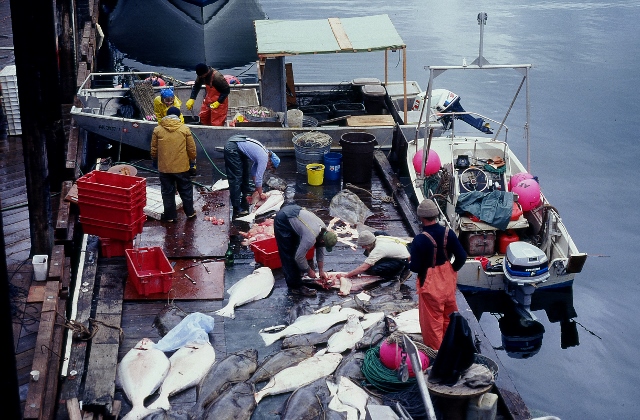
Commercial fishers process their halibut harvest on the Bartlett Cove dock in 1986 (NPS Photo)
The mission of the NPS is “…to conserve the scenery and the natural and historic objects and the wild life therein and to provide for the enjoyment of the same in such a manner and by such means as will leave them unimpaired for the enjoyment of future generations” (1916 Organic Act). Documenting the removal of fish and invertebrates from GBNP waters is an important step in understanding and evaluating potential impairment of these vital species and the ecosystems they inhabit and shape. More specifically, it puts current levels of harvest and effort into historical context where over time patterns or trends can be understood by park managers such that shifting baselines and impairment can be avoided.
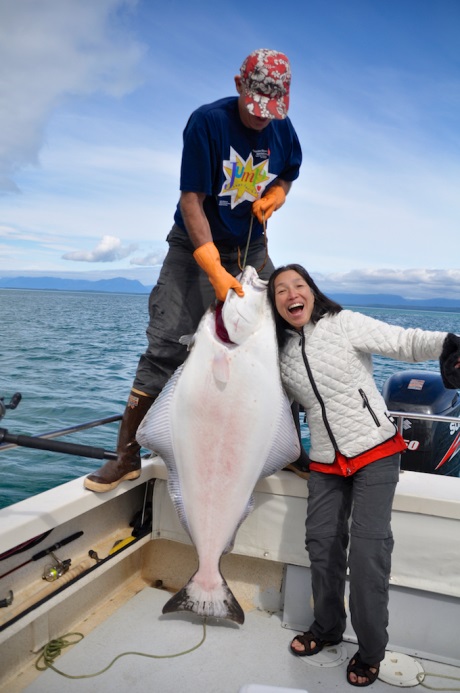
A happy angler poses with a large halibut in Glacier Bay. (NPS Photo)
Fisheries staff at GBNP recently published a summary of select fisheries harvest and effort occurring within the park. In summarizing halibut, Tanner crab, and rockfish data the most important results are: 1) While commercial fishing has been curtailed due to Congressional legislation in Glacier Bay proper , recreational harvest, particularly of halibut, has been on the rise exceeding commercial harvest in 2013 (Fig. 1); 2) There has been a long-term decline in estimated Tanner crab stock abundance and a continued harvest over recommended guideline harvest levels in Glacier Bay (Fig. 2); 3) Rockfish harvest by guided anglers along the outer coast has increased considerably since the 2000-2006 period (Fig. 3) and commercial harvest of non-pelagic rockfish has declined over the period of record and is now 5-10 times less than harvests in 2001 and 2002 (Fig 16).
Please check out the full report at:https://irma.nps.gov/Data Store/Reference/Profile/2251802
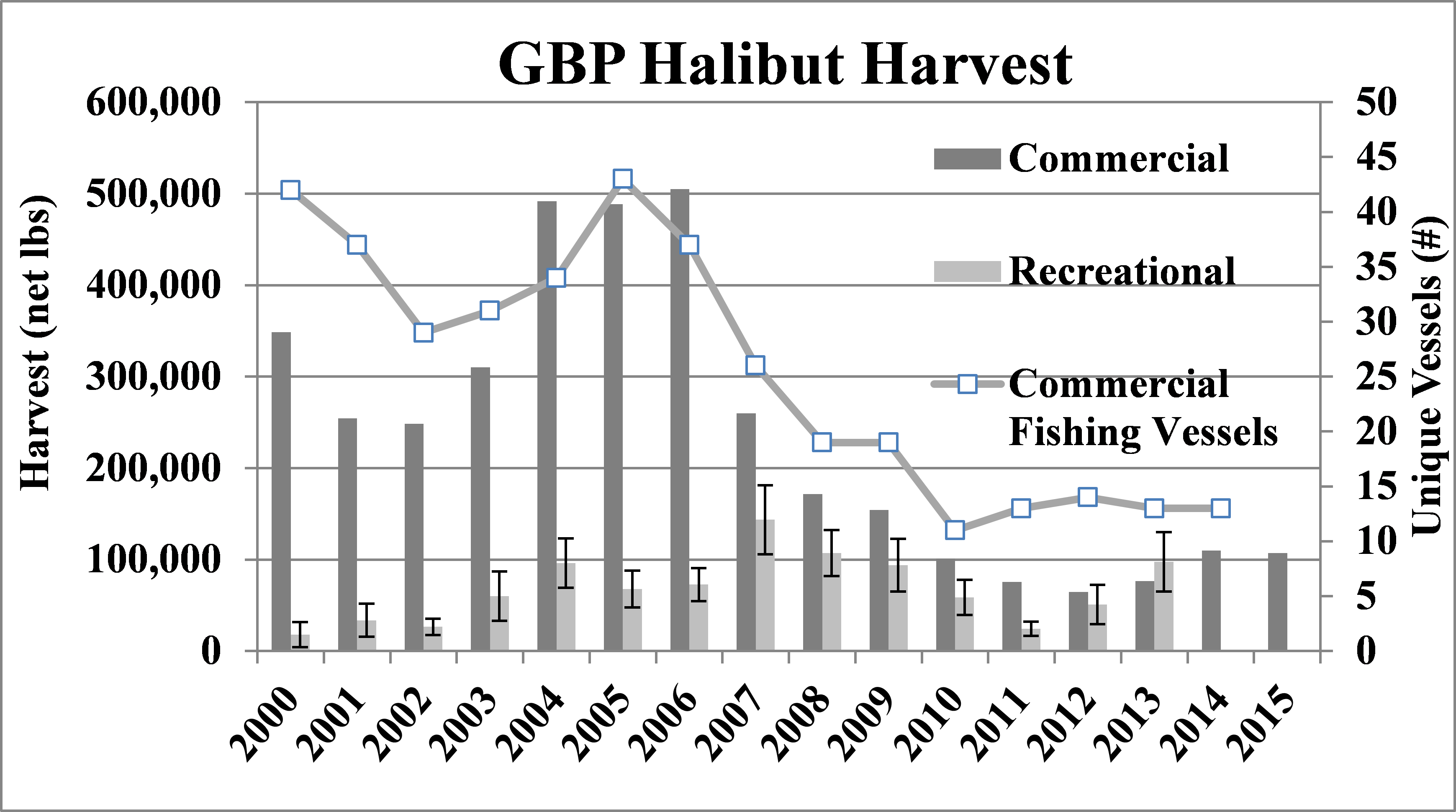
Figure 1. Net pounds of halibut (head and viscera removed) harvested in Glacier Bay proper (GBP) by the commercial and recreational fishing sectors (IPHC 2016, ADFG 2015b). Recreational data is derived from the Statewide Harvest Survey (mail survey), but it was not available 2014-2015 at the time of this report (SE bars). Commercial effort is displayed by the number of commercial fishing vessels.
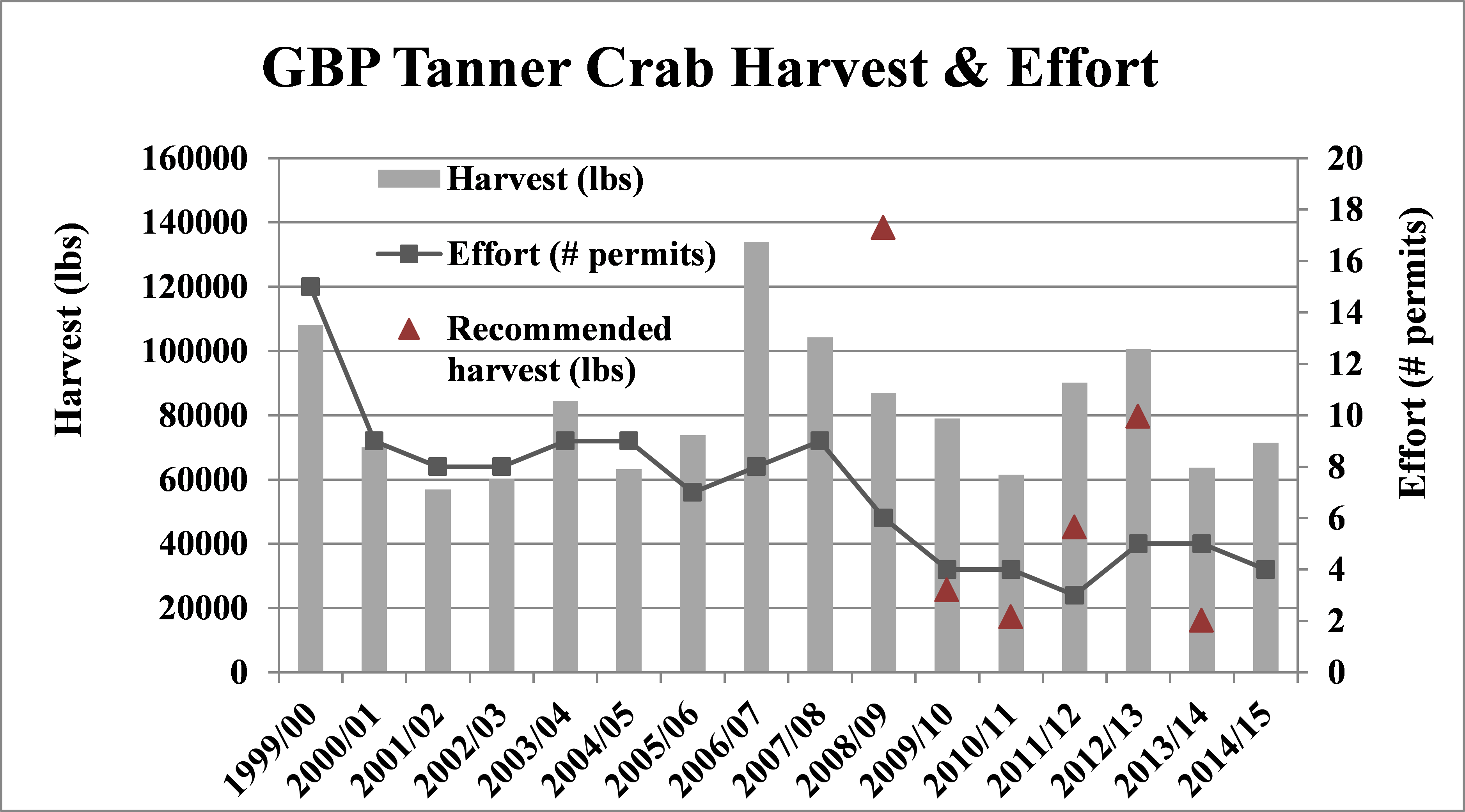
Figure 2. Pounds of Tanner crab commercially harvested from GBP (ADFG 2015c). ADFG recommended harvest is available for 2008-2014 only (Stratman et al 2011, Wood et al 2014). Fishing effort magnitude (number of permits fished) is displayed along the secondary y-axis (ADFG 2015c).

Figure 4. Net pounds of rockfish commercially harvested on the OC of GBNP (ADFG 2016c).
Literature Cited:
Mackovjak, J. 2010 Navigating troubled waters: A history of commercial fishing in Glacier Bay, Alaska. US Department of the Interior, National Park Service. Glacier Bay National Park and Preserve. Gustavus, Alaska.

